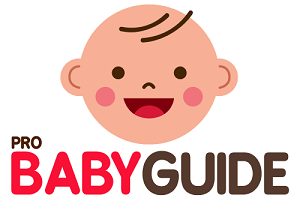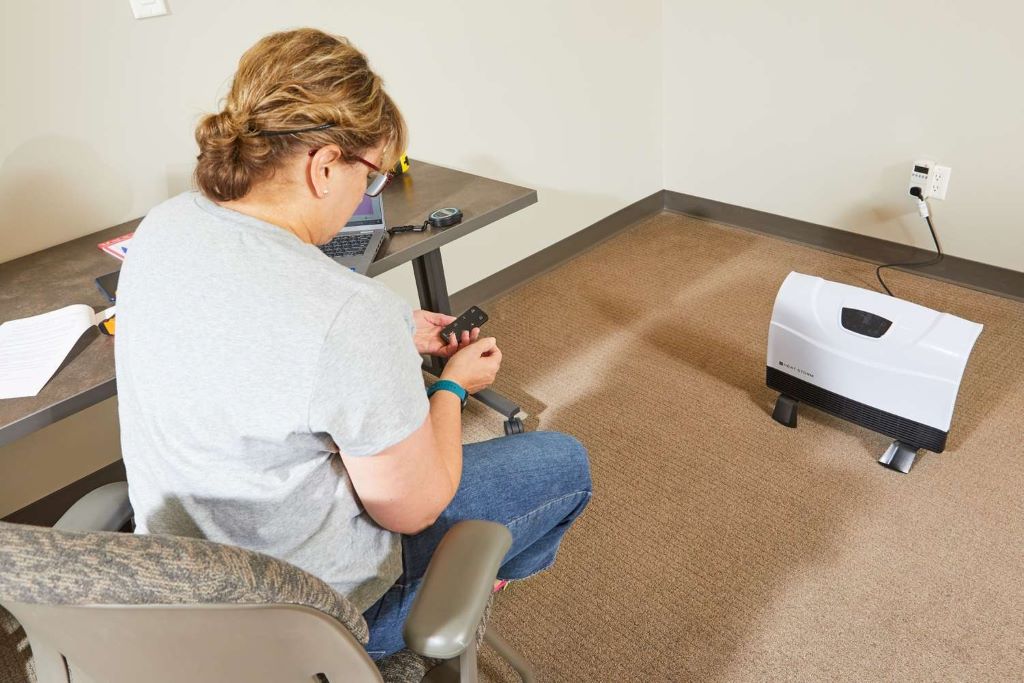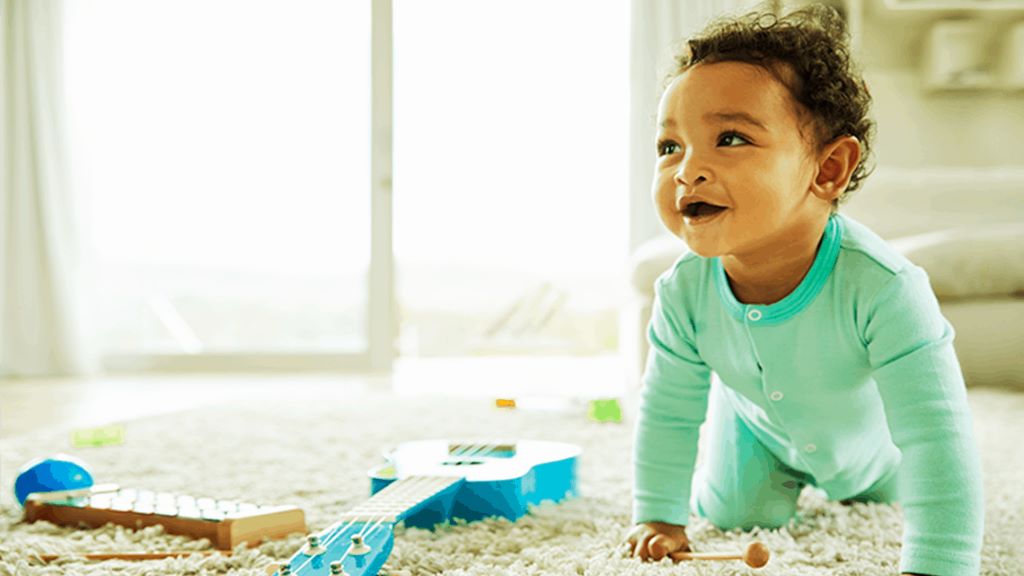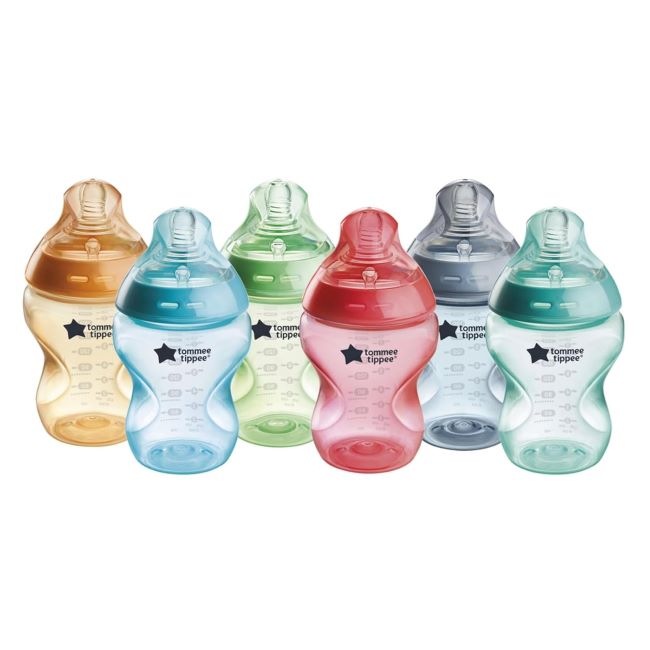Choosing the right baby bottle can feel overwhelming for new parents navigating countless options on store shelves. The Philips Avent Natural Glass Baby Bottles promise a natural feeding experience that mimics breastfeeding, which sounds perfect in theory. However, does this 4-pack actually deliver on those promises, or is it just another overhyped product taking up precious nursery space?
Read more: Philips Avent Natural Glass Baby Bottles – 4-Pack, Slow Flow Nipples ReviewAfter testing these glass bottles with slow flow nipples, the results were surprisingly impressive yet not without some considerations. The Natural Glass series represents Philips Avent’s commitment to combining traditional glass durability with modern feeding technology. These bottles aim to support seamless transitions between breast and bottle, addressing one of the biggest challenges parents face during feeding journeys. Therefore, understanding what makes these bottles stand out requires examining their design, functionality, and real-world performance.

Product at a Glance
The Philips Avent Natural Glass Baby Bottles come in a convenient 4-pack configuration, each holding 4 ounces. These bottles feature slow-flow nipples specifically designed for newborns and young infants. The borosilicate glass construction ensures durability while remaining free from harmful chemicals like BPA and phthalates. Additionally, the wide breast-shaped nipple promotes natural latch-on, making it easier for babies who switch between breast and bottle.
Key Features Table
| Feature | Specification |
|---|---|
| Material | Premium borosilicate glass |
| Capacity | 4 oz per bottle |
| Pack Size | 4 bottles included |
| Nipple Type | Slow flow, ultra-soft silicone |
| Age Range | Newborn and up |
| Anti-Colic System | Advanced AirFree vent |
| Temperature Resistance | Can withstand extreme temperatures |
| Dishwasher Safe | Yes, top rack recommended |
| Chemical-Free | BPA, BPS, and phthalate-free |
Design and Construction Quality
The borosilicate glass construction immediately sets these bottles apart from plastic alternatives in the marketplace. Glass bottles maintain their clarity even after repeated sterilization cycles, unlike plastic versions that often become cloudy. Research from the National Institutes of Health suggests that glass bottles eliminate concerns about chemical leaching that sometimes occurs with plastic materials. The thermal shock resistance means parents can safely transition from the refrigerator to the bottle warmer without cracking concerns.
However, the weight becomes noticeable compared to plastic bottles, especially when traveling with multiple feeding supplies. The included protective sleeve provides some drop protection, though it’s not entirely shatterproof. Many parents appreciate the eco-friendly aspect since glass bottles last through multiple children without degrading.
Nipple Design and Functionality
The Natural nipple design incorporates a wide, breast-shaped structure with a soft, flexible texture. According to pediatric feeding specialists, this mimics natural breastfeeding mechanics better than traditional narrow nipples. The slow flow rate suits newborns perfectly, preventing overwhelming milk flow that can cause choking or gas.
The ultra-soft silicone material feels remarkably similar to skin texture, which helps babies accept the bottle more readily. Additionally, the petals inside the nipple prevent collapse during feeding sessions. Some babies still show a preference for one feeding method over another, but the transition rate appears higher with these nipples.
Anti-Colic Technology
The integrated AirFree vent stands out as a significant technological advancement in this bottle design. The vent keeps the nipple full of milk rather than air during feeding sessions. Studies indicate that excessive air intake contributes significantly to colic symptoms and digestive discomfort in infants.
Parents report noticeable reductions in gas and fussiness after switching to these bottles. The venting system works without complicated assembly, unlike some competing products requiring multiple small parts. Therefore, cleaning and reassembly become straightforward tasks even during exhausting nighttime feeding sessions.
Ease of Cleaning and Maintenance
The wide bottle opening allows easy access for thorough cleaning, which matters tremendously for infant health. Fewer parts mean less time spent washing and sterilizing between feedings. The bottles survive dishwasher cycles without damage, though hand washing extends their lifespan.
Glass naturally resists odor retention and staining better than plastic alternatives. However, the protective sleeves require separate washing since milk residue can accumulate underneath them.
Pros and Cons Table
| Pros | Cons |
|---|---|
| Durable borosilicate glass construction | Heavier than plastic alternatives |
| Excellent anti-colic venting system | Higher initial investment cost |
| Chemical-free, safe materials | Glass can shatter if dropped without sleeve |
| Wide nipple promotes natural latch | May not fit all bottle warmers |
| Easy to clean with fewer parts | Limited to 4 oz capacity |
| Dishwasher and sterilizer safe | Protective sleeve sold separately for some models |
| Maintains clarity after repeated use | Requires careful handling during travel |
Real-World Use and Experience
Testing these bottles over several weeks revealed consistent performance across different feeding scenarios. Morning feedings went smoothly with minimal fussiness or feeding interruptions. The bottles maintained appropriate temperature without hotspots that sometimes occur with microwave heating.
Nighttime feedings benefited from the simple assembly, allowing quick preparation during those exhausted 3 AM wake-ups. The bottles proved especially valuable for combination feeding families transitioning between breast and bottle throughout the day.
Travel presented the only significant challenge due to weight and fragility concerns. Packing multiple glass bottles requires extra protection and adds noticeable weight to diaper bags. Nevertheless, the feeding quality remained excellent even away from home comforts.

Value Comparison
The Philips Avent Natural Glass Baby Bottles cost more upfront compared to basic plastic alternatives. However, durability justifies the investment since these bottles last significantly longer without needing replacement. Many families use them through multiple children, effectively reducing the per-use cost substantially.
Replacement nipples remain affordable and widely available both online and in stores. The standardized sizing means upgrading to faster flow rates becomes simple as babies grow.
Frequently Asked Questions
Can these bottles be used with breast milk?
Absolutely, these bottles work perfectly for storing and feeding expressed breast milk. The glass material preserves nutrients better than some plastic alternatives. The bottles tolerate freezing temperatures, making them suitable for building milk storage supplies.
How often should the nipples be replaced?
Replace nipples every two to three months or sooner if you notice signs of wear. Cracks, tears, or changes in flow rate indicate replacement time. Inspect nipples regularly for safety and optimal performance.
Are these bottles compatible with other Philips Avent products?
Yes, the Natural line maintains compatibility across most Philips Avent accessories and pumps. This interchangeability provides flexibility for growing families with existing Philips Avent equipment.
Can I sterilize these bottles in boiling water?
The borosilicate glass handles boiling water sterilization without issues. Remove nipples and rings before boiling to prevent damage to silicone components. Electric sterilizers also work excellently with these bottles.
Do these bottles help with reflux issues?
The anti-colic venting system reduces air intake, which often helps minimize reflux symptoms. However, consult your pediatrician for persistent reflux concerns requiring medical evaluation.
Final Thought
The Philips Avent Natural Glass Baby Bottles deliver exceptional performance for families prioritizing safety and functionality. These bottles successfully bridge the gap between natural breastfeeding and bottle feeding convenience. While the weight and fragility require careful handling, the benefits significantly outweigh these minor drawbacks for most households. Related Topics: The Ultimate Guide to Steam Baby Bottle Warmers: Pros, Cons, and How They Work
Ready to simplify your feeding routine with reliable, safe bottles? The Philips Avent Natural Glass Baby Bottles represent a smart investment in your baby’s feeding journey. Visit trusted retailers or check manufacturer websites for current pricing and bundle deals that maximize your value. Your baby deserves feeding equipment that supports healthy development while giving you peace of mind.






